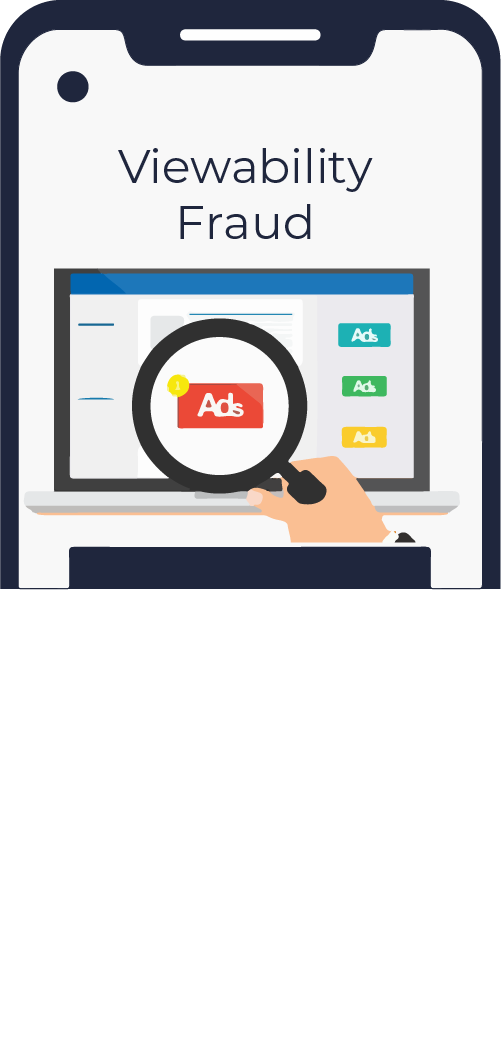Struggling with
CTV Fraud?
Get connected with ClearTrust !
We received your message and will contact you back soon.
Error sending please try again
ClearTrust's CTV fraud detection tool has been a game-changer for our business
We can now confidently run CTV campaigns, knowing that our ad spend is protected and we're only paying for genuine impressions.
MATO , 31/03/2023















